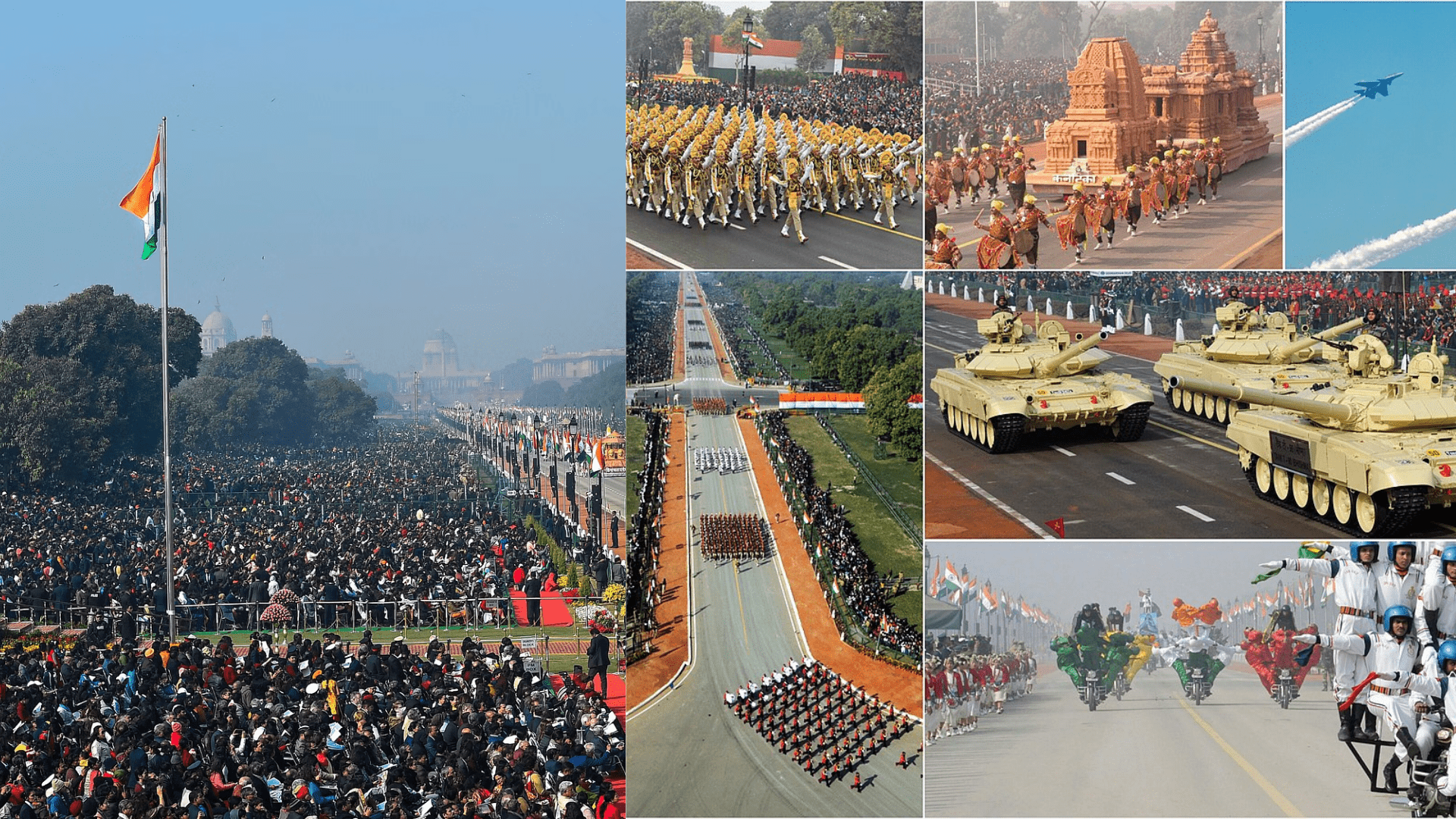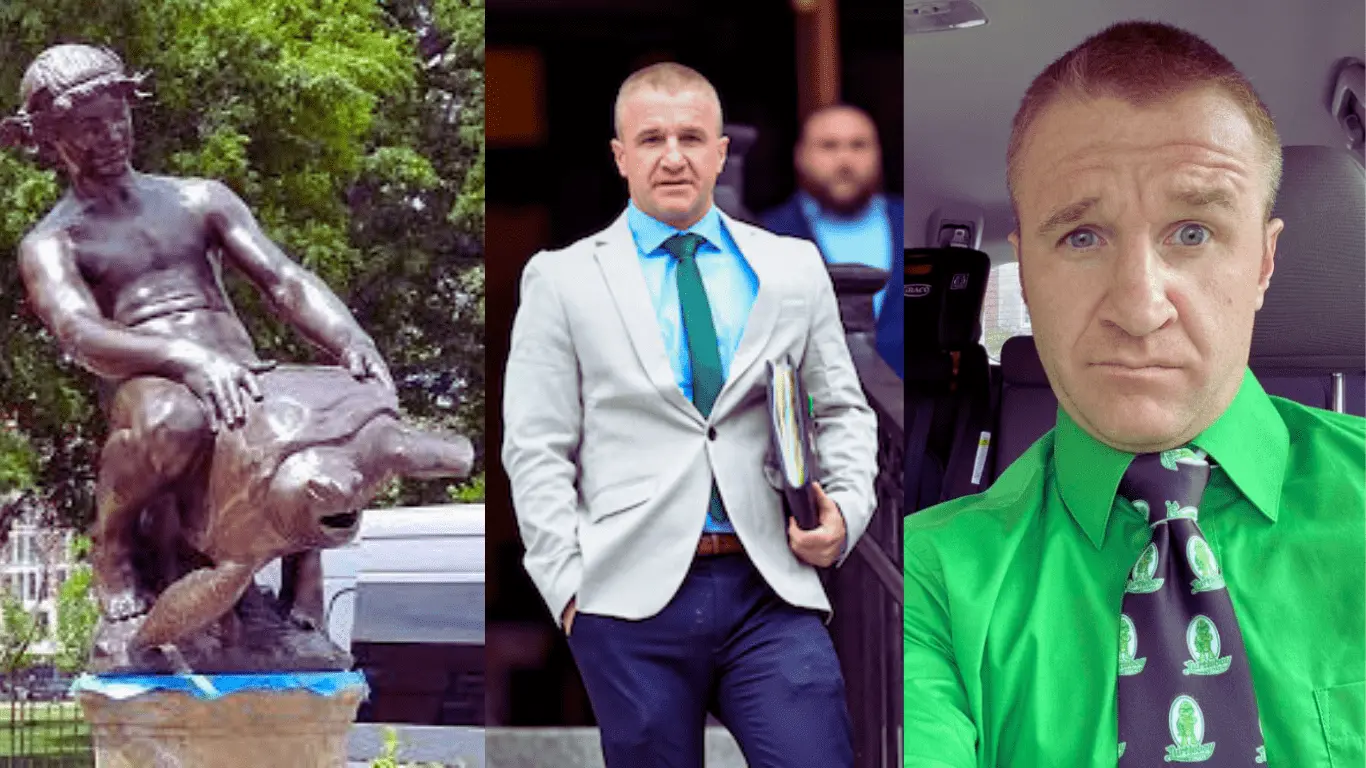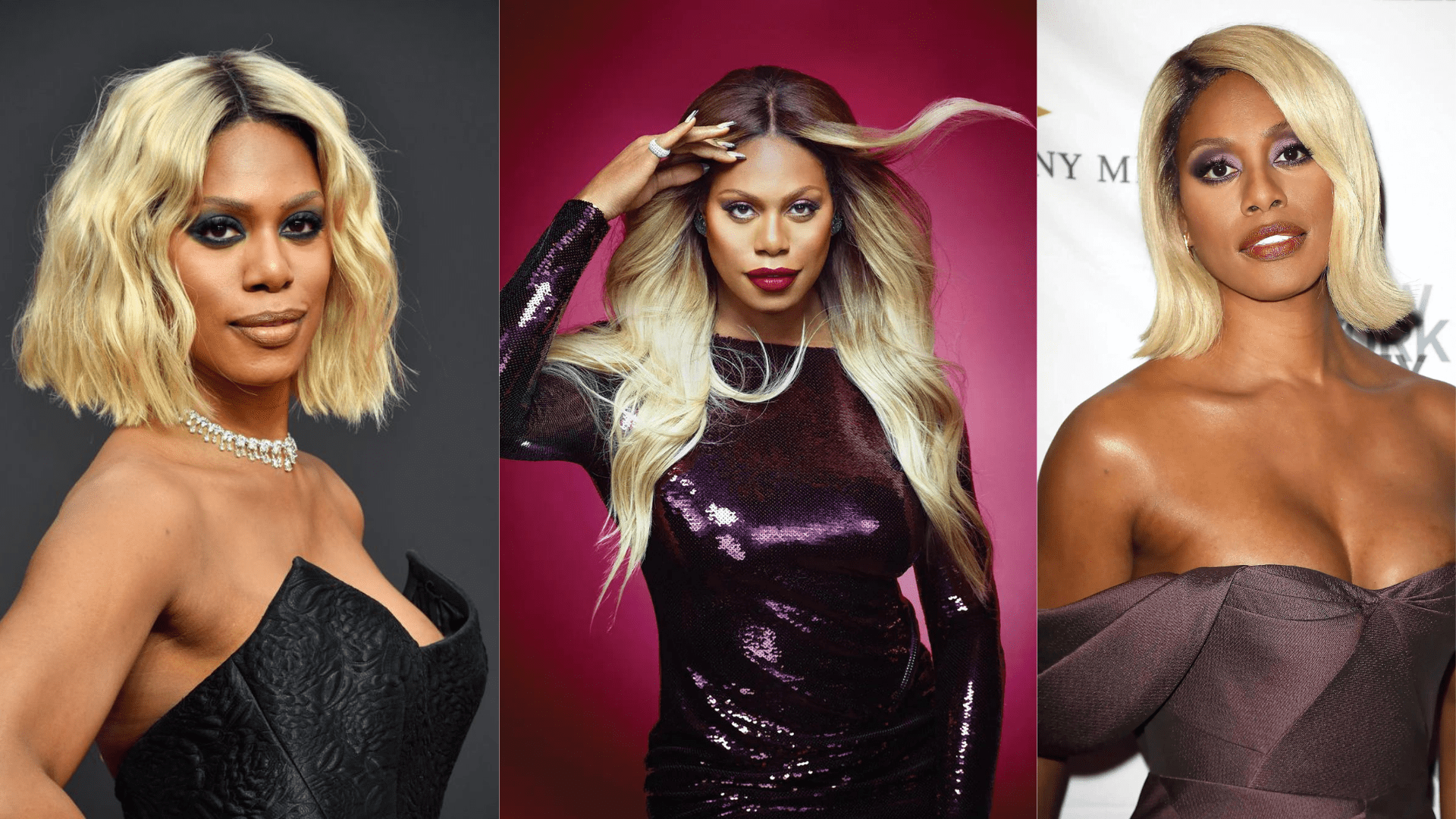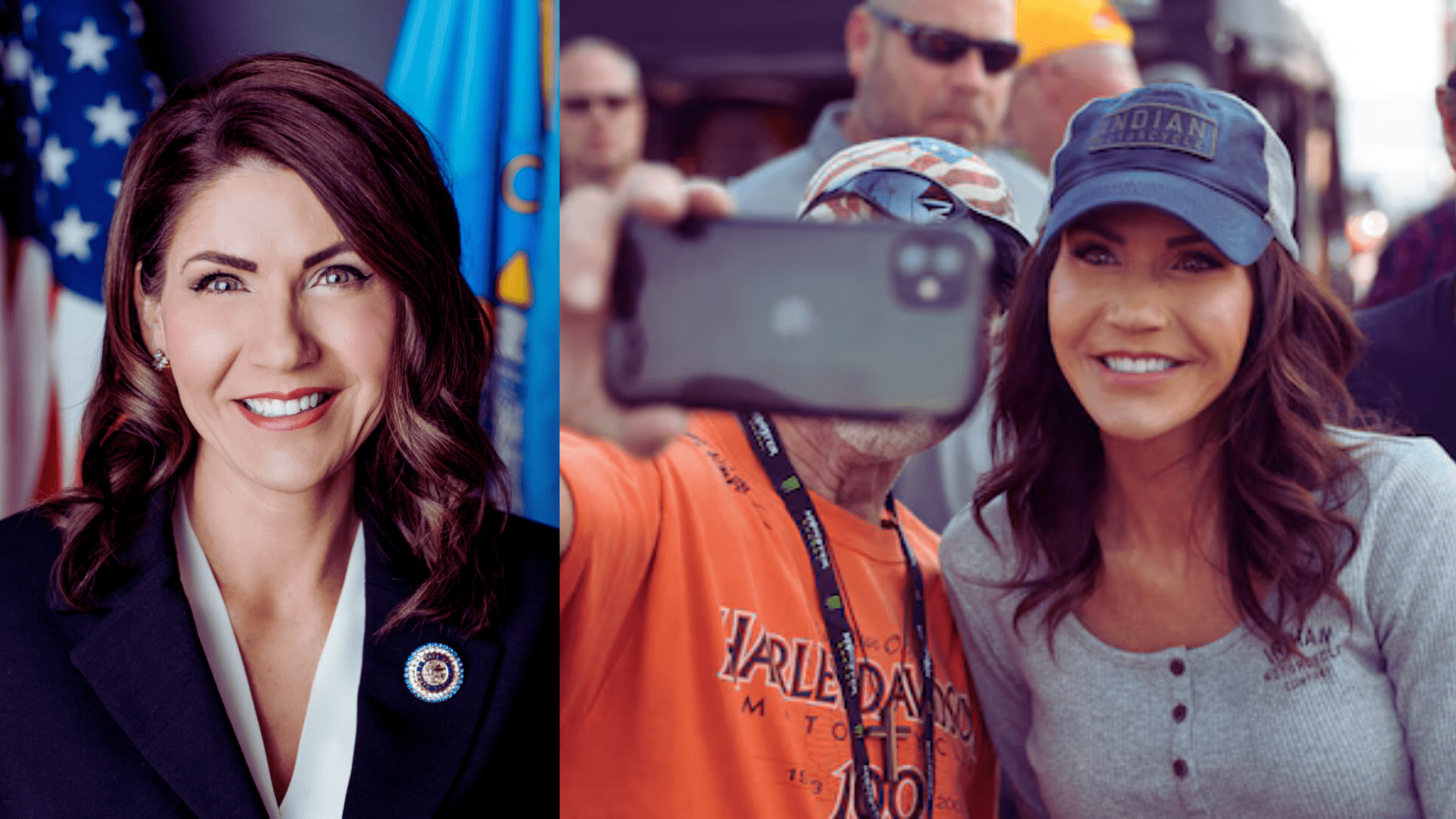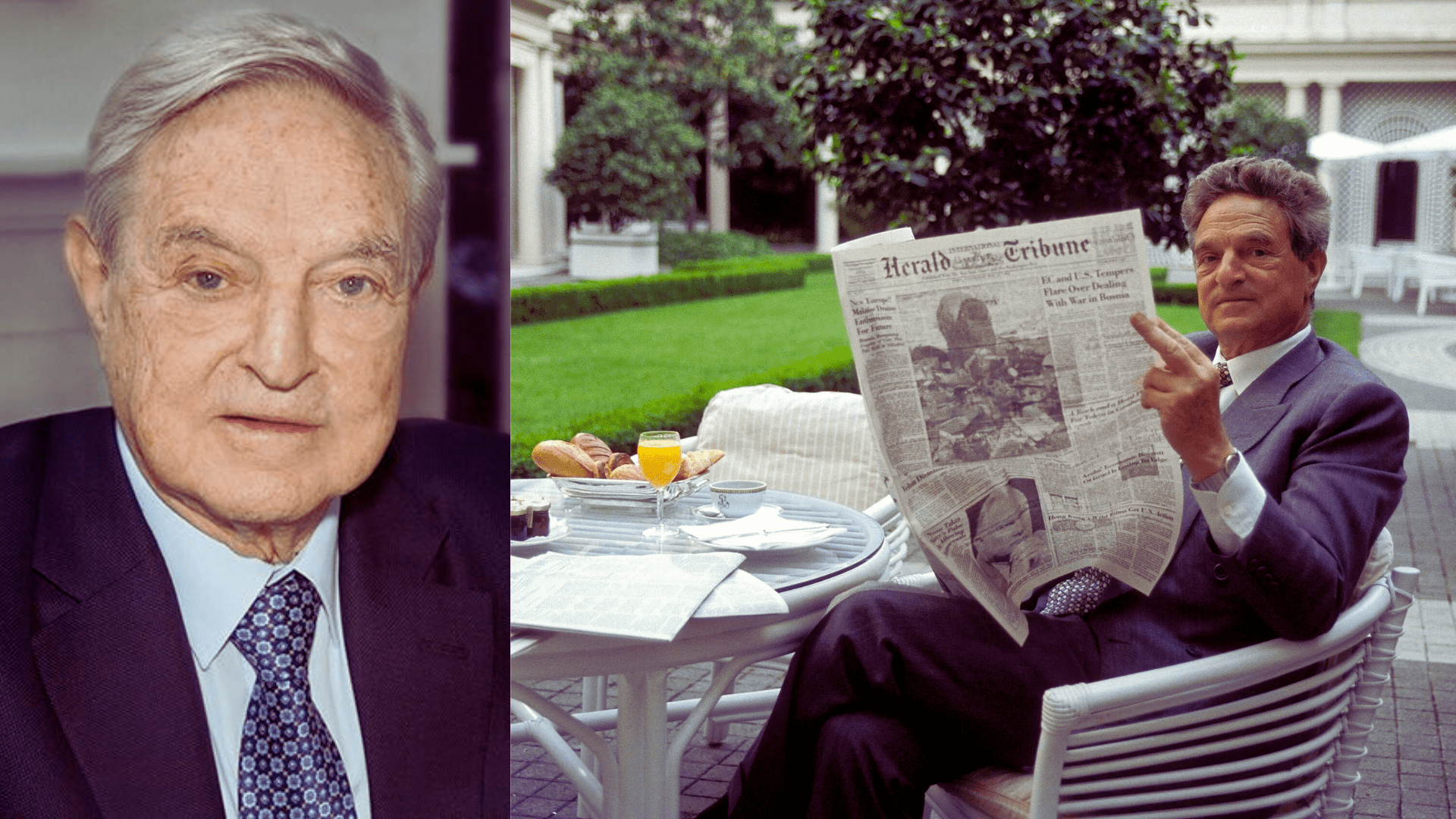Republic Day in India is marked with grandeur, and the military parade is a central spectacle. The military salute during the parade is a moment of immense significance, symbolizing respect and admiration for the armed forces. In this article, we will unravel the details behind who takes the military salute during the Republic Day parade.
Introduction
Republic Day is a celebration of India’s sovereignty and is commemorated with a spectacular parade in the capital city, New Delhi. The military salute during this parade is a poignant moment that captures the nation’s gratitude towards its armed forces.
Traditions of the Republic Day Parade
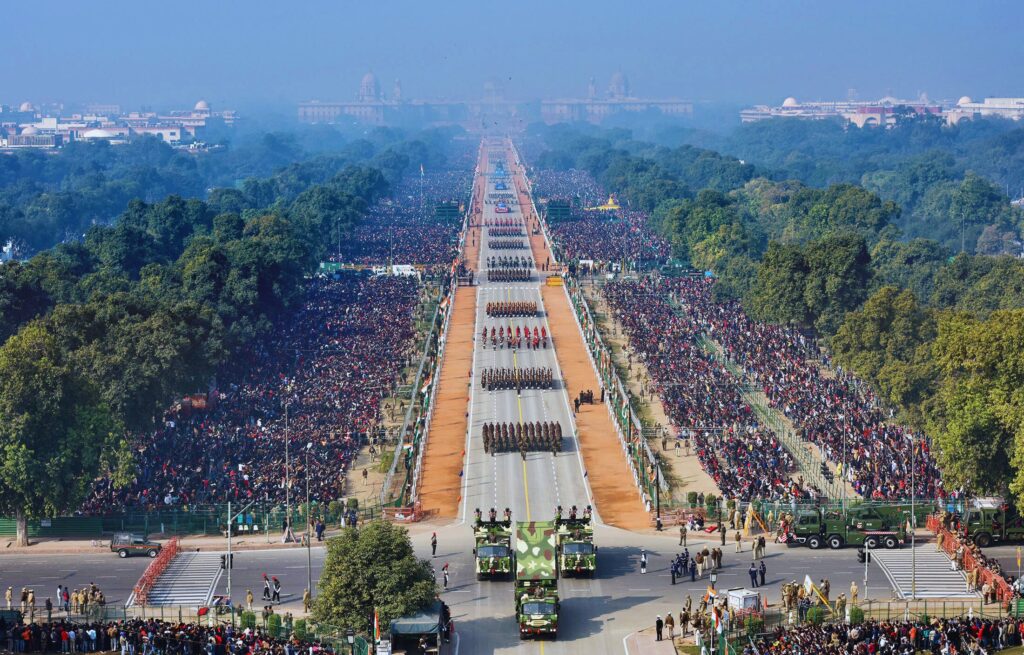
The Republic Day Parade in India is a grand celebration that encompasses several traditions, showcasing the country’s military strength and cultural diversity. Key traditions include:
- Presidential Salute: The President of India, as the Commander-in-Chief, takes the salute during the parade, emphasizing the nation’s respect for the armed forces.
- Chief Guest’s Role: A notable tradition is the participation of a Chief Guest, often a foreign head of state or government, who contributes to the diplomatic significance of the event.
- Tri-Services Chiefs: Representatives from the Army, Navy, and Air Force Chiefs actively take part, highlighting the country’s combined military prowess.
- Changing of the Guard Ceremony: This traditional ceremony involves the exchange of the guard at the Rashtrapati Bhavan, symbolizing a seamless transition of responsibility.
- 21-Gun Salute: As part of static rituals, a 21-gun salute is given, signifying respect and grandeur.
- Public Participation: The parade involves school children and the public, fostering a sense of national unity.
The Role of the Chief Guest
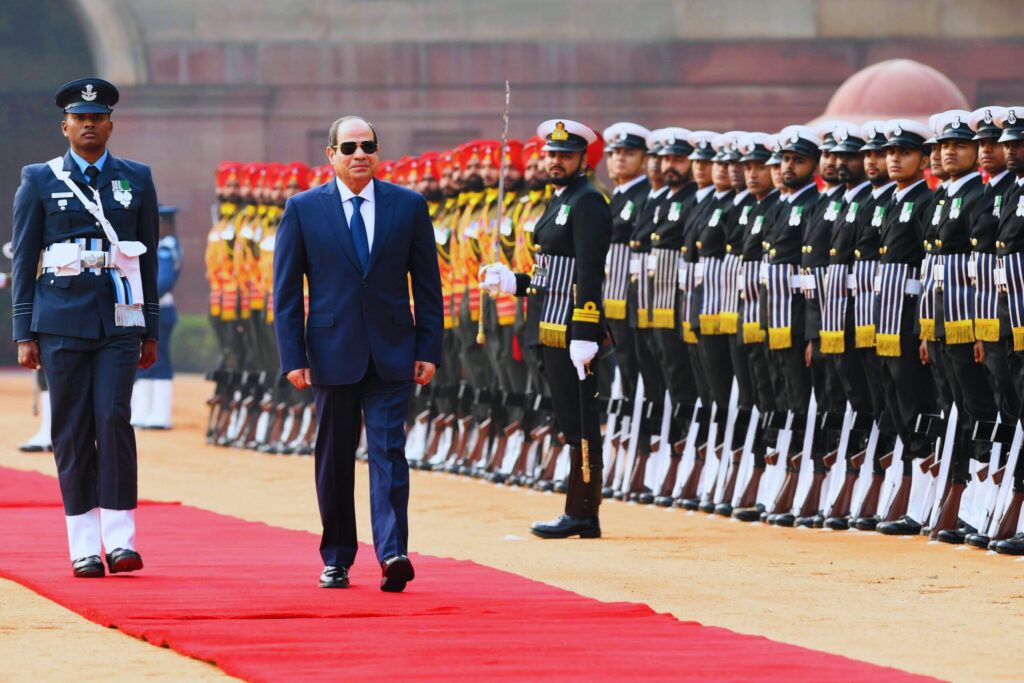
The chief guest at an event plays a pivotal role, being the primary invitee and often holding significant importance in the proceedings. Here’s a breakdown of their role:
- Distinguished Presence: The chief guest is the most important guest at an event, contributing to the overall significance of the occasion.
- Formal Address: A chief guest typically delivers a formal speech addressing the audience, sharing insights, and experiences, or highlighting the purpose of the event.
- Symbolic Role: Their presence symbolizes honor and importance, adding prestige to the event and acknowledging their role in the specific context.
- Participation in Formalities: As the primary invitee, the chief guest is expected to follow appropriate formalities, which may include inaugurating the event, presenting awards, or participating in ceremonial activities.
- Representative Role: The chief guest often represents a larger entity, such as an organization, government, or community, and their conduct reflects on the entity they represent.
Presidential Salute
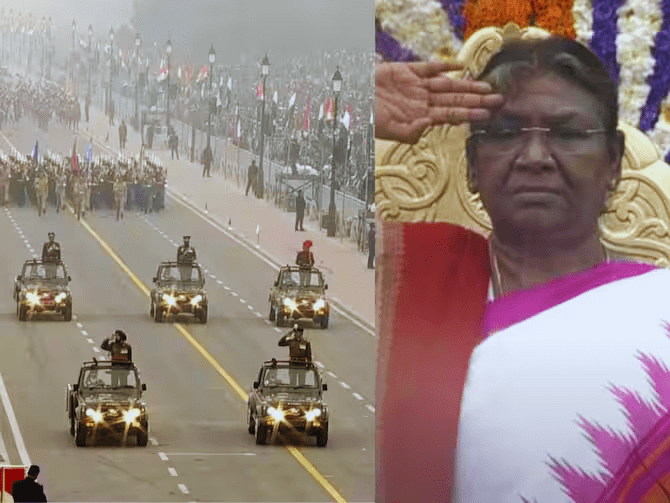
The Presidential Salute during the Republic Day parade is a significant and ceremonial tradition in India. The 21-gun salute is a key component of this honor bestowed upon the President. The salute begins when the sword of the Commandant of the President’s Body Guards (PBG) comes down at the shout of ‘Rashtriya Salute’.
The 21-gun salute is a traditional military honor symbolizing respect and homage. It is executed with precision and has undergone changes, such as the use of Indian guns replacing the British-era pounder, making it a unique and patriotic display.
Tri-Services Chiefs and Their Role
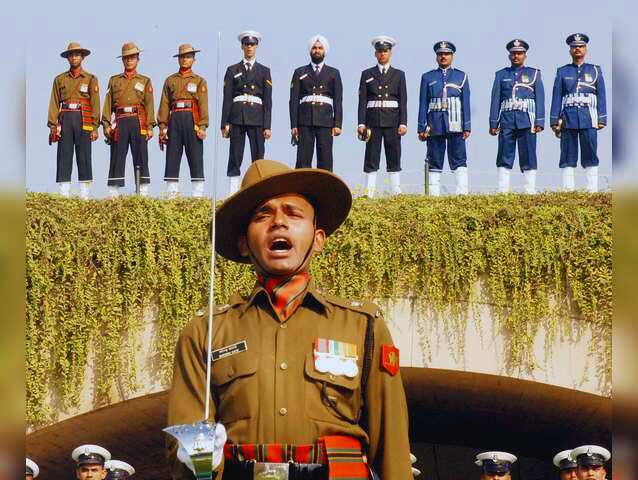
The role of the Tri-Services Chiefs is crucial in ensuring coordinated efforts among the Army, Navy, and Air Force. Here’s a breakdown of their responsibilities:
- Coordination: Tri-Services Chiefs oversee and coordinate the functioning of the three armed services, fostering synergy in planning and operations.
- Strategic Planning: They are involved in long-term strategic planning, including manpower structure, command structures, and other critical aspects.
- Administration of Tri-Services Organizations: The Tri-Services Chiefs administer organizations that span across the Army, Navy, and Air Force, ensuring effective and efficient functioning.
- Military Command: While coordinating tri-services efforts, they retain military command within their respective services, maintaining a balance between unified coordination and service-specific requirements.
Army Contingent and Saluting Officer
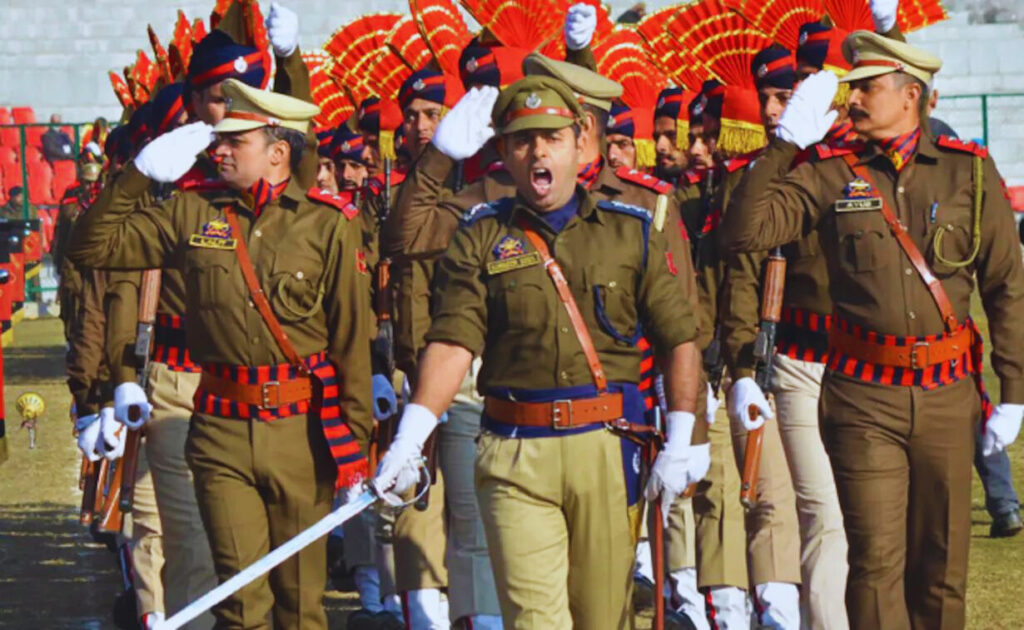
During the Republic Day parade, an Egyptian Army contingent had the honor of leading the march on Kartavya Path in celebration of India’s 74th Republic Day. The contingent marched towards the saluting dais, showcasing military cooperation and fostering international ties. The President of Egypt, Abdel Fattah el-Sisi, attended as the special guest for the parade 2023, emphasizing diplomatic relations between the two countries.
Lieutenant General Dhiraj Seth, Ati Vishisht Seva Medal, a second-generation Army officer commanded the parade. As the Parade Commander, Lt. Gen. Seth played a pivotal role in orchestrating the event, ensuring precision and grandeur.
Navy Contingent and Saluting Officer
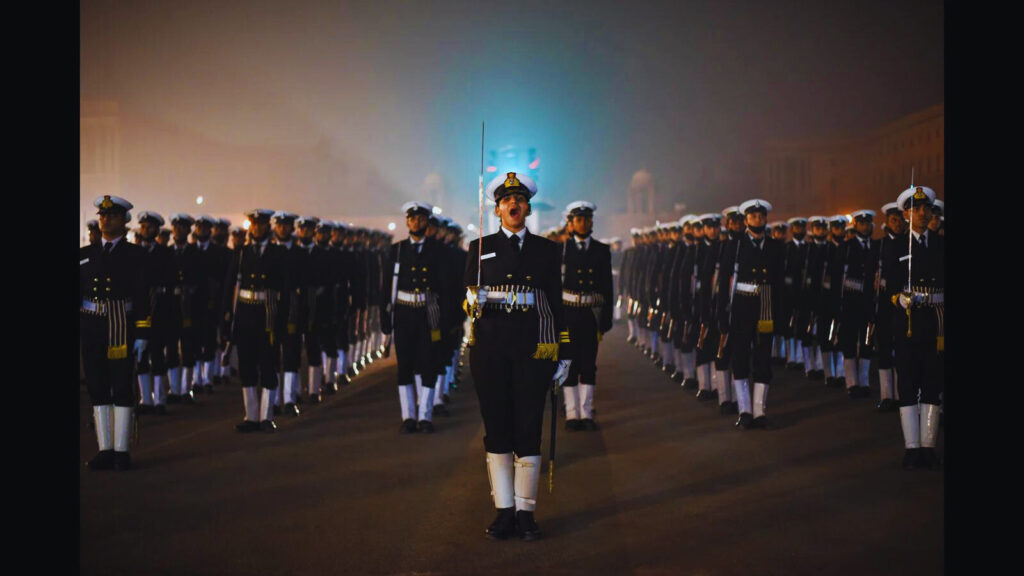
The Navy’s contingent during the Republic Day Parade plays a significant role in showcasing India’s military strength and discipline. The contingent is led by a commanding officer, often holding a senior rank. For example, in the Republic Day Parade of 2022, Lieutenant Commander Aanchal Sharma served as the Indian Navy’s contingent commander.
During the Republic Day Parade in 2023, Commander Disha Amrith, aged 29, led the naval contingent, demonstrating the inclusion of women in prominent roles. Commander Amrith’s leadership symbolized the commitment to gender equality and the capabilities of the women officers in the Indian Navy.
The overall parade is commanded by a designated Parade Commander, who is a high-ranking military officer. In the Republic Day Parade of 2023, Lieutenant General Dhiraj Seth assumed this role, ensuring the precision and coordination of the entire event.
Air Force Contingent and Saluting Officer
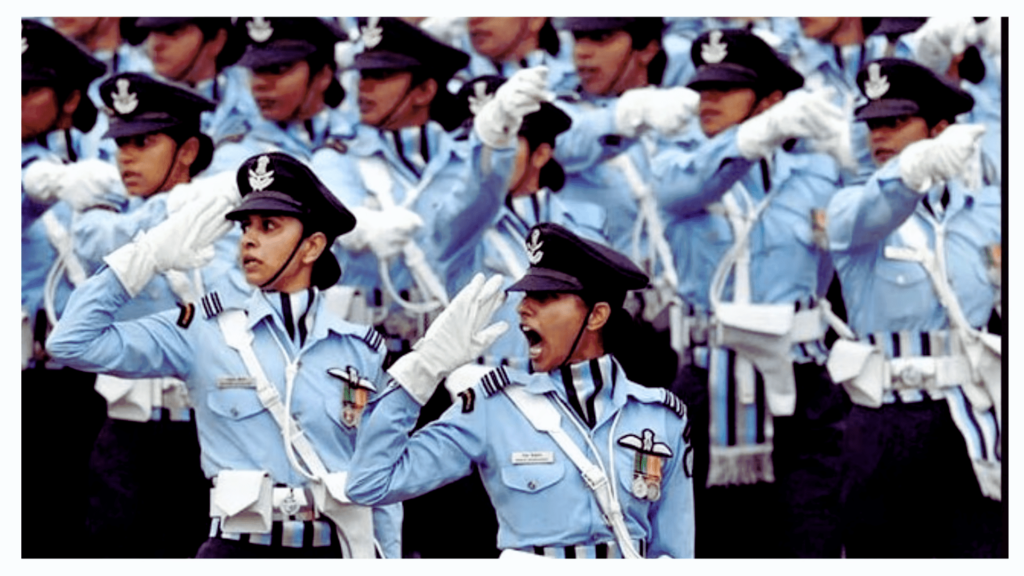
The Republic Day Parade of 2023 witnessed a notable inclusion as the Garud Special Forces of the Indian Air Force participated in the march on Kartavya Path for the first time. Squadron Leader Sindhu Reddy served as the contingent commander, leading the Garud team with Squadron Leader PS Jaitawat.
Additionally, the Indian Air Force contingent included a group of women officers who took center stage during the parade. The contingent comprised four officers and 144 air warriors, led by Squadron Leader Sindhu Reddy. This all-woman marching contingent showcased the significant role of women in the Indian Air Force.
Role of the President’s Bodyguard
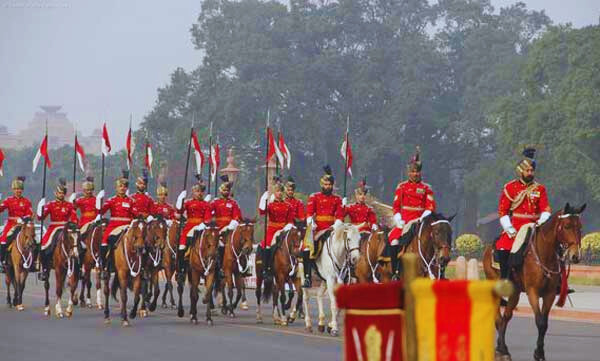
The primary role of the President’s Bodyguard is to escort and protect the President of India. This elite regiment is based in the Rashtrapati Bhavan in New Delhi, serving as the official bodyguard unit for the President. The President’s Bodyguard is responsible for ensuring the safety and security of the President during official events, ceremonies, and daily activities. Their duties include close protection, escorting the President’s official car, and securing the presidential residence.
Changing of the Guard Ceremony
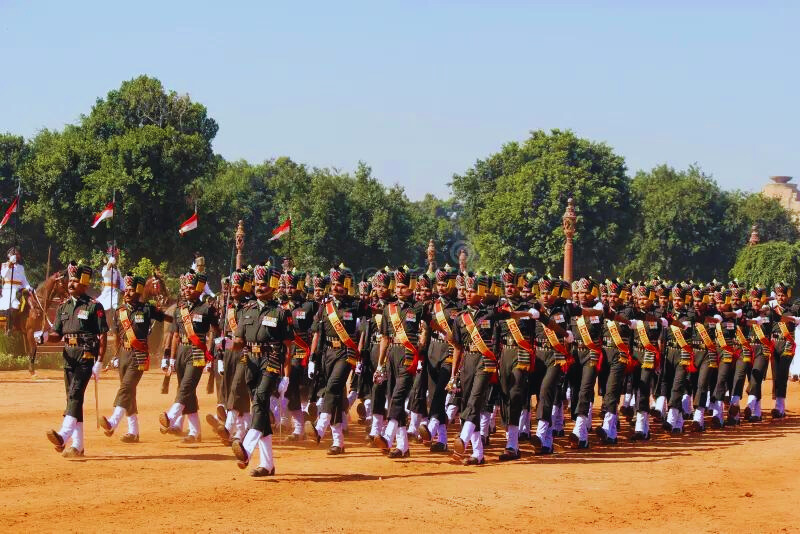
The Changing of the Guard Ceremony is a symbolic military tradition that involves the formal handover of responsibility for guarding a royal palace or a significant monument. It often includes a display of precision and tradition, featuring soldiers in elaborate uniforms conducting the handover in a choreographed manner. One of the well-known instances is the Changing of the Guard at Buckingham Palace, where the King’s Guard handed over the responsibility for protecting Buckingham Palace and St. James’s Palace. The ceremony represents the transfer of security duties from the Old Guard to the New Guard, involving salutes and intricate movements.
In addition to Buckingham Palace, other notable locations, such as the Arlington National Cemetery in the United States, also conduct Changing of the Guard ceremonies at the Tomb of the Unknown Soldier. The event is marked by an elaborate ceremony, happening regularly and showcasing military discipline and respect.
Historical Instances of Military Salutes
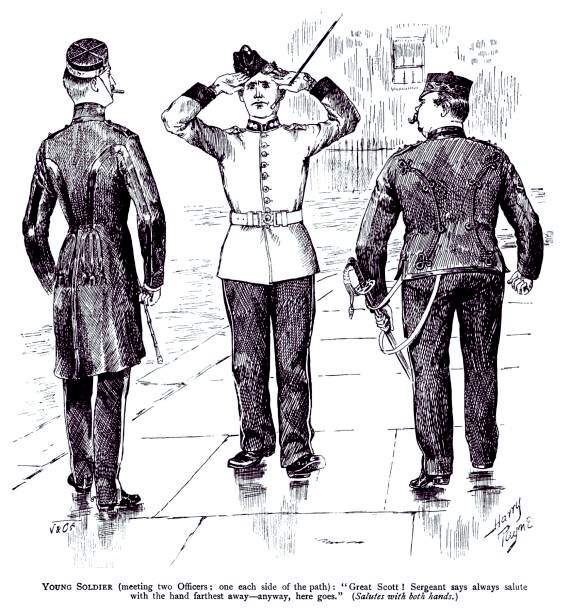
The military salute has historical roots, with various theories explaining its origin. One theory suggests that the modern Western salute originated in France when knights greeted each other by raising their visors to display friendly intentions. This gesture evolved over time and became an important part of military tradition.
In medieval times, knights raising their visors served a practical purpose—revealing their identity and demonstrating peaceful intent. The hand salute used in today’s military has been influenced by these historical customs and traditions. Some romantic legends associate the military salute with the knight’s gesture of raising his visor, while other customs and superstitions have contributed to the evolution of the salute.
While there may be variations in the precise historical origins, the salute has endured as a symbol of respect, recognition, and discipline within military culture.
Symbolism Behind the Military Salute
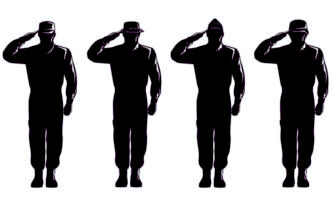
The military salute is a symbolic and formal hand gesture, primarily associated with displaying respect in military situations. The act of saluting involves raising the right hand to one’s cap or forehead, and it holds multifaceted symbolism.
- Respect and Recognition: The salute serves as a gesture of respect, honor, and recognition to a person or group, embodying a fundamental aspect of military culture.
- Discipline and Order: Saluting is a symbol of discipline and order within the military ranks. It reinforces the hierarchical structure and emphasizes adherence to protocols and traditions.
- Historical Origins: The origins of the salute can be traced back to medieval times when knights raised their visors to reveal their identity, signifying peaceful intentions. Over time, this gesture evolved into the contemporary military salute.
- Symbol of Honor: The salute has become synonymous with honor and duty, representing a solemn commitment to the ideals and principles upheld by the military.
Challenges Faced During the Parade
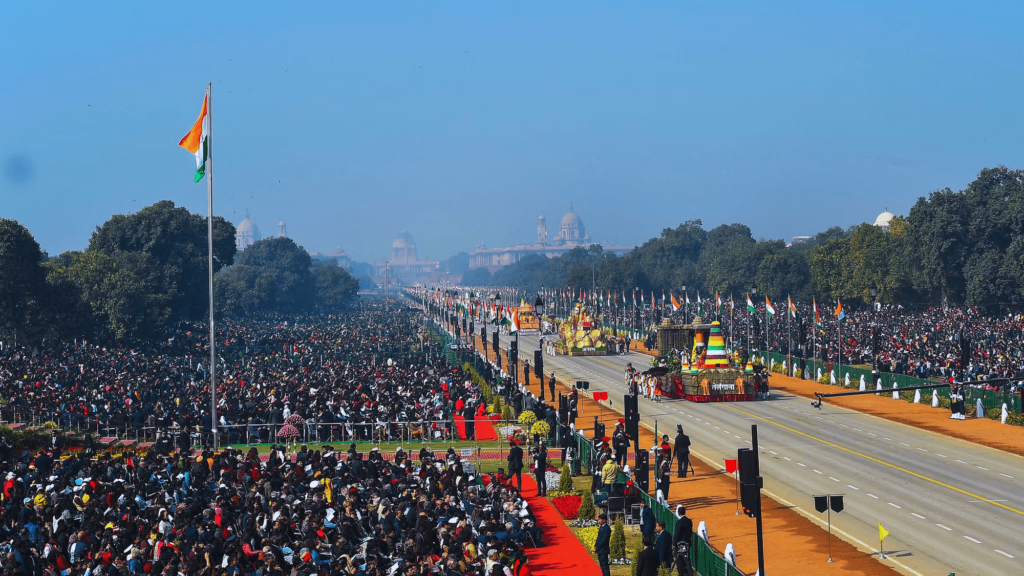
Military parades, while impactful and symbolic, can face various challenges during execution. These challenges may include:
- Logistical Coordination: Organizing large-scale military parades involves intricate logistical coordination, such as the deployment and movement of military assets, personnel, and equipment.
- Security Concerns: Ensuring the safety and security of participants and spectators is paramount. The high-profile nature of military parades makes them potential targets for security threats, requiring robust security measures.
- Weather Conditions: Inclement weather, such as rain, snow, or extreme temperatures, can pose challenges to parade participants and impact the overall event. Adequate planning is essential to mitigate weather-related issues.
- Public Reception: The perception and reception of military parades can vary among the public. Balancing the display of military strength with public sentiment is a consideration for organizers.
- Political Sensitivities: The decision to hold a military parade can be politically sensitive, both domestically and internationally. Balancing national pride with diplomatic considerations is crucial.
- Equipment Malfunctions: Technical malfunctions or glitches with military equipment showcased in the parade, such as vehicles or weaponry, can occur and may require quick resolution.
- Participant Health: Parade participants, especially if the event involves long marches or standing at attention, may face health challenges, such as fatigue or dehydration.
Conclusion
In conclusion, the military salute during the Republic Day parade is a poignant expression of the nation’s reverence for its armed forces. As the President, Chief Guest, and tri-service chiefs take the salute, the event becomes a collective tribute to the commitment and sacrifice of those who defend the nation.
Read also: How Much Weight Did Kelly Clarkson Lose?
Frequently Asked Questions (FAQs)
Q. Who is responsible for the military salute during the Republic Day parade?
The military salute is taken by the President, Chief Guest, and Tri-Services Chiefs, each playing a distinct role.
Q. Do all three branches of the armed forces participate in the parade?
Yes, the Army, Navy, and Air Force contingents actively participate, showcasing their strength and capabilities.
Q. What is the significance of the Changing of the Guard ceremony?
The Changing of the Guard ceremony symbolizes the seamless transition of responsibility and honors the dedication of the guards.
Q. Are there instances of public involvement in the military salute during the parade?
While the primary responsibility lies with dignitaries and armed forces, public participation in the parade fosters a sense of national unity.
Q. How is the military salute during the parade affected by challenges?
Challenges, such as security concerns and logistical issues, are meticulously managed to ensure the smooth execution of the military salute and the overall success of the event.
